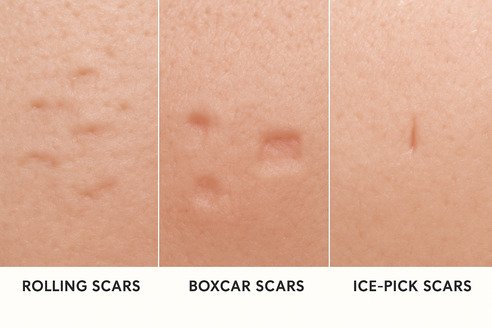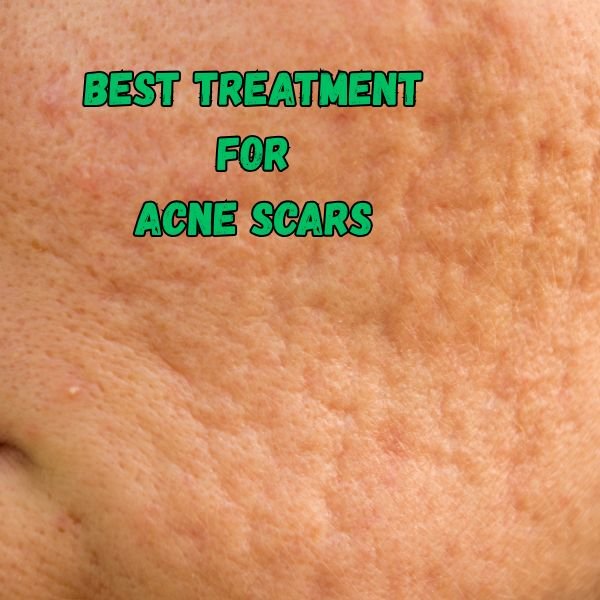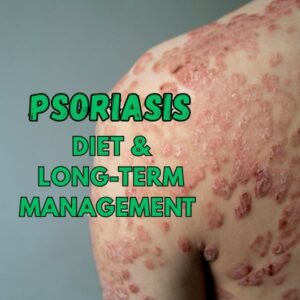Acne scars can be frustrating. They often stay long after breakouts are gone, leaving behind marks that affect confidence and self-esteem. The good news? Modern dermatology has developed safe and effective treatments that can smooth scars and give your skin a healthier look.
Let’s talk about the best treatments for acne scars – like chemical peels, microneedling, subcision, and surgical methods.
Understanding Acne Scars
Not all acne scars are the same. Dermatologists usually categorize them into:
- Rolling scars: Shallow, wave-like scars.
- Boxcar scars: Wider depressions with sharp edges.
- Ice-pick scars: Deep, narrow holes that look like tiny punctures.

Knowing your scar type is important because each treatment works best for specific kinds of scars. For example, a chemical peel may help mild rolling scars, while punch excision may be needed for deeper ice-pick scars.
Most Effective Treatments Explained
Chemical Peels & Dermaplaning
Chemical peels use controlled acids to remove the top layer of skin, reducing discoloration and improving texture. Dermaplaning, which gently removes dead skin and peach fuzz, can enhance the results. These treatments are usually best for mild to moderate scars and uneven tone.
Microneedling (Including MNRF)
Microneedling uses tiny needles to create micro-injuries, which stimulates collagen and elastin production. Over time, skin looks smoother and firmer.
- MNRF (Microneedling Radiofrequency) takes it a step further by using energy waves to penetrate deeper layers, delivering faster and more noticeable results.
- Studies show over 90% of patients see at least one grade of scar improvement with microneedling-based therapies.1
Subcision
Subcision is a minor procedure where a dermatologist inserts a fine needle under the scar to release the fibrous bands pulling the skin down. This allows the skin to lift and heal more evenly. Subcision is particularly effective for rolling scars and is often combined with fillers or microneedling for enhanced results.
Surgical Options — Punch Elevation & Excision
For deeper scars like boxcar and ice-pick scars, surgical techniques may be the best solution.
- Punch excision: Removes the scar tissue and closes the wound with stitches.
- Punch elevation: Lifts the scar to the level of the surrounding skin.
These methods are more invasive but can deliver dramatic results when other treatments fall short.
Combination Treatments
Dermatologists often recommend a combination approach for the best outcome. For example:
- Microneedling + Subcision
- Chemical Peel + Punch Excision
- MNRF + Fillers
Combination therapies address scars from multiple angles and usually deliver faster, more noticeable improvements.
Choosing the Right Treatment for You
Not every treatment suits every person. Your best choice depends on:
- Type of scar you have (rolling, boxcar, or ice-pick)
- Skin tone and sensitivity
- Downtime you can manage (peels need recovery, microneedling has mild redness)
- Budget (surgical treatments are usually costlier)
It’s also important to have realistic expectations. Treatments don’t make scars vanish overnight, but they can significantly fade them and improve your skin texture over several months.
Tips for Choosing Your Dermatologist
- Ask about their experience with acne scar treatments.
- Request before-and-after photos of previous patients.
- Check online reviews and patient feedback.
- Make sure you feel comfortable and understood during consultations.





